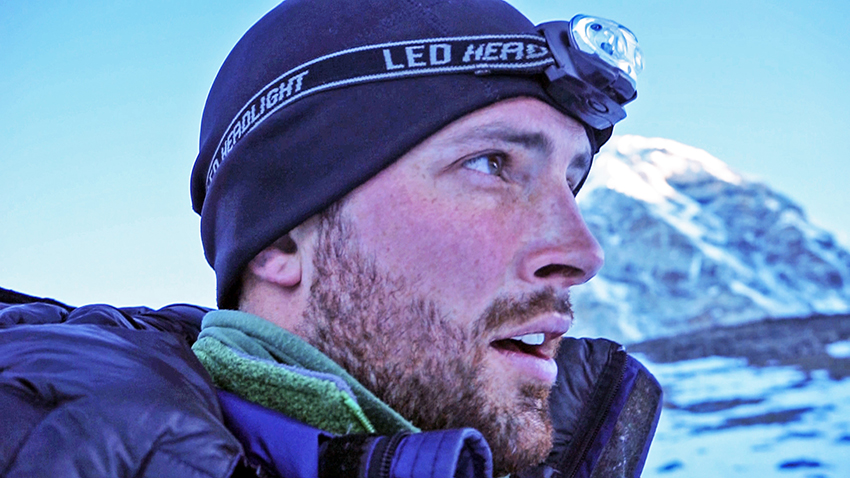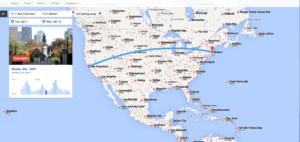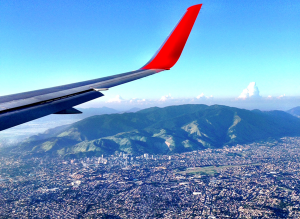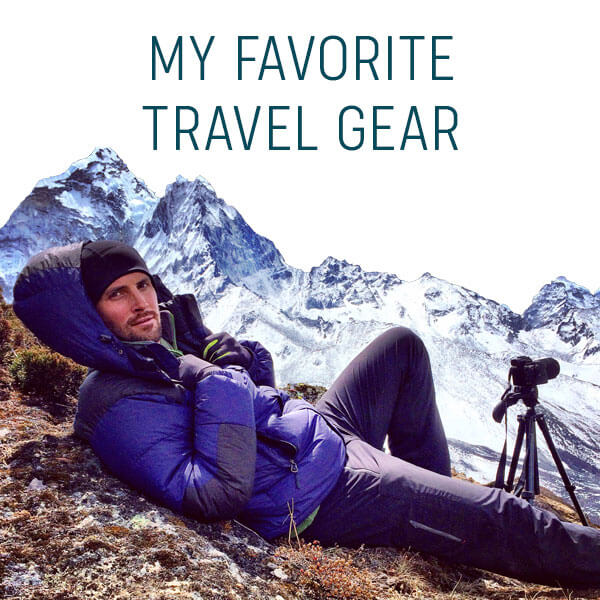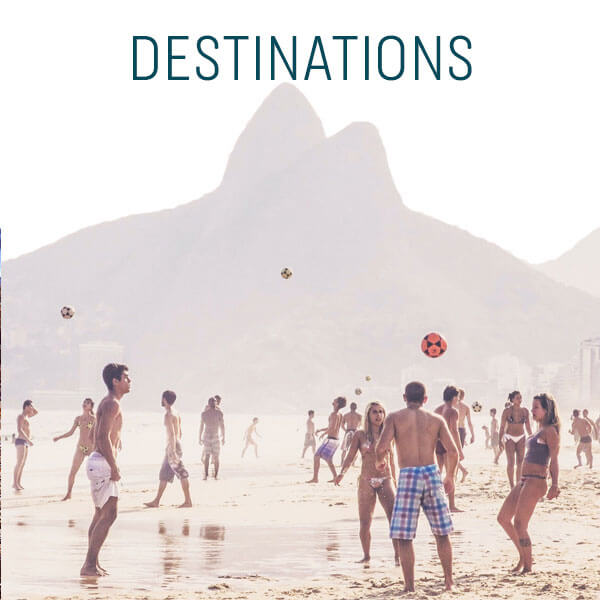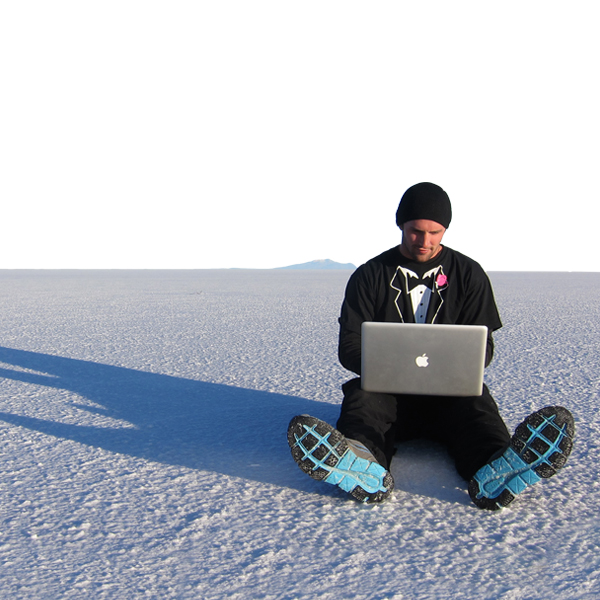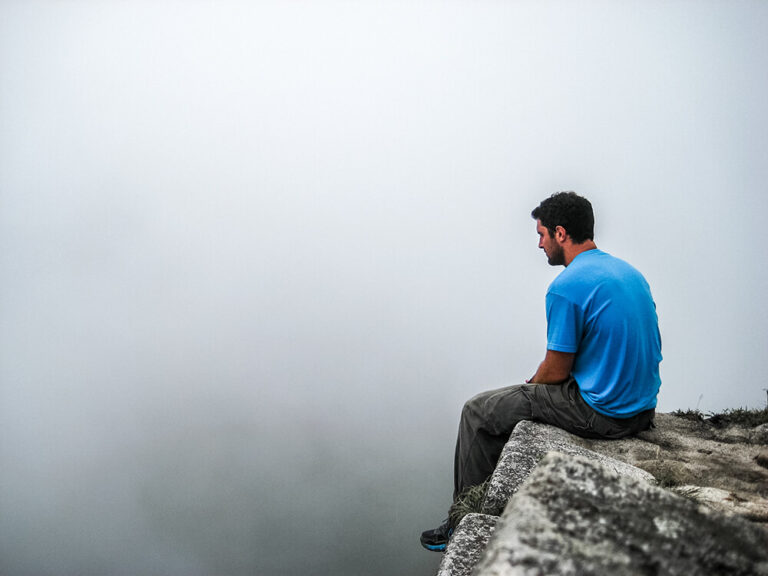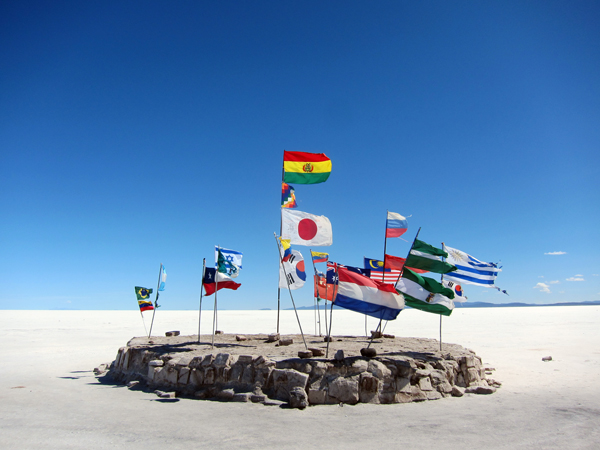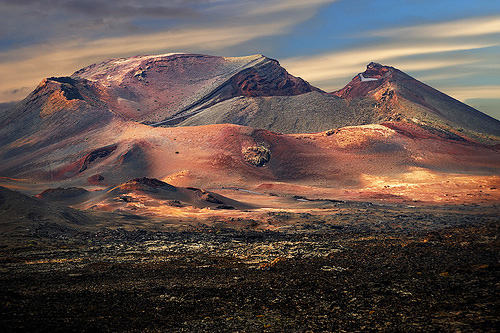
Like many Spanish holiday hot spots the island of Lanzarote, located just 100km off the West African coast, is a real favourite with British tourists. As this is the closest winter sun destination to the UK at just four hours flying time and a much cheaper (and quicker) option than the Caribbean or the Middle East.
As a result over 850,000 British holidaymakers touch down at the sole international airport at Arrecife every year, a figure that is further augmented by arrivals from other sun starved Northern European nations such as Germany and Eire. But despite the high volume of visitors Lanzarote somehow manages to remain surprisingly unspoilt by tourism – a balancing act inspired primarily by the fierce desire of the locals to maintain the fragile ecology and landscapes of their homeland intact.
Lanzarote is quite literally a desert island – rainfall here is limited to as little as 8mm per month and there are no natural water sources, rivers or lakes. Desalination plants create potable water for the island´s 140,000 inhabitants and their tourist guests and much of the island is arid and denuded of plant life – little surprise when you consider that the western fringes of the Sahara desert are just a short distance away on the African mainland.
This already delicate eco system was subjected to serious trauma during the 1730´s when Lanzarote literally exploded in a series of violent volcanic eruptions. Lasting six years these events totally remodelled the island´s landscapes, creating an entirely new region that covers about 200km square (roughly one quarter of its total land surface), dominated by fields of thick solid black lava and hundreds of burnt out – and now dormant – volcanoes.
In geological terms a few hundred years is merely the blink of an eye – and so today Lanzarote is home to one of the largest and most pristine examples of this type of terrain on the planet, making it of enormous interest to geologists and scientists – as well as everyday sightseers –who are all awed by the raw and surreal landscapes.
This region – named after a village called Timanfaya that was destroyed during the eruptions – was declared a national park during the 1970´s and now welcomes close to one million visitors per year. Indeed the scenery here is so dramatic that it has even been used as a backdrop by numerous film makers, such as the creators of the old school Sci Fi classic One Million Years BC and more recently the Spanish director Pedro Almodovar, who shot chunks of his release Broken Embraces here whilst on location in Lanzarote.
The main impetus for the preservation of these unique landscapes came from the perhaps surprising source of a local artist, called César Manrique. Who campaigned throughout the 1970´s and 80´s for the carefully controlled evolution of tourism on the island. It´s thanks to him that you won’t find forests of high rise hotels or apartment blocks here – as these were all outlawed during the 1970´s, along with advertising billboards. Whilst the three main holiday resorts of Costa Teguise, Puerto del Carmen and Playa Blanca are all carefully contained on the south eastern shore!

